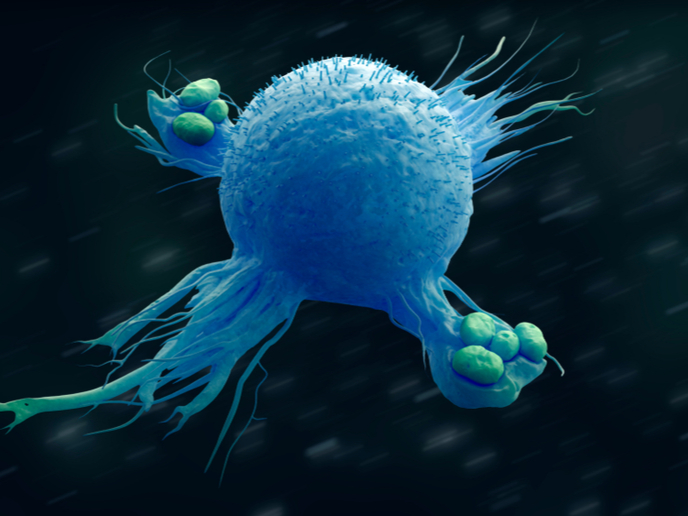Therapy to reverse paralysis
Scientific advances have permitted a deeper understanding of the molecular pathology involved in neuronal injury and regeneration, providing new molecular targets for investigation. Under the aegis of the SCIREGENASENSE (Targeted delivery of new antisense molecules for regeneration enhancement after spinal cord injury) project, researchers investigated a novel antisense gene therapy approach as well as a targeted delivery platform to deliver nanoparticles to the SCI site. Their ultimate objective was to bring about reversal of paralysis. More specifically, project members developed and tested the efficacy of locked nucleic acid (LNA)-based single-stranded antisense oligonucleotides (ssAONs) to target inhibitors of axonal regeneration. To resolve issues with low cellular uptake of naked oligonucleotides, they also developed a multifunctional biocompatible and biodegradable chitosan-based delivery platform that specifically targets affected neural cells. Both LNA-based ssAONs and chitosan are non-toxic. The LNA-based ssAONs efficiently downregulated several genes involved in the inhibition of axonal regeneration after SCI. Even more impressive, these LNA oligonucleotides had inherent stability and small size that enabled cell delivery without the need for vector systems. The chitosan-based vector system was modified into trimethyl-chitosan (TMC) to improve stability of nanocomplexes formed between TMC and ssAONs. This modification permitted the successful efficient cellular delivery of ssAONs and improved their uptake. Researchers also used a fibrin-based gel system for direct oligonucleotide delivery to the SCI site with sustained release over time; in vivo results are pending. Application of new antisense therapies in the regenerative medicine field has major implications for the treatment of several diseases, including Duchenne muscular dystrophy, spinal muscular atrophy and ataxias. In conjugation with a specific delivery platform for neural cells, this technology could significantly improve neural regeneration after SCI.







